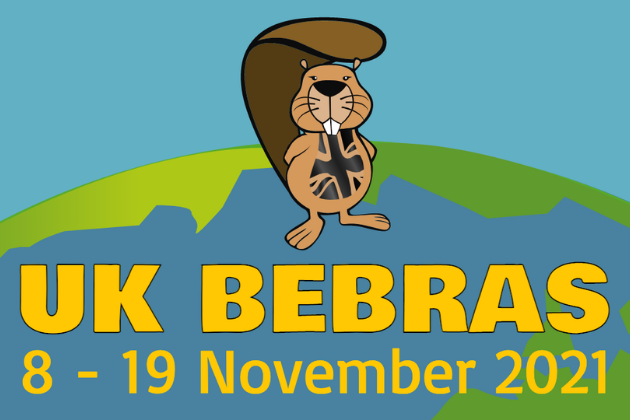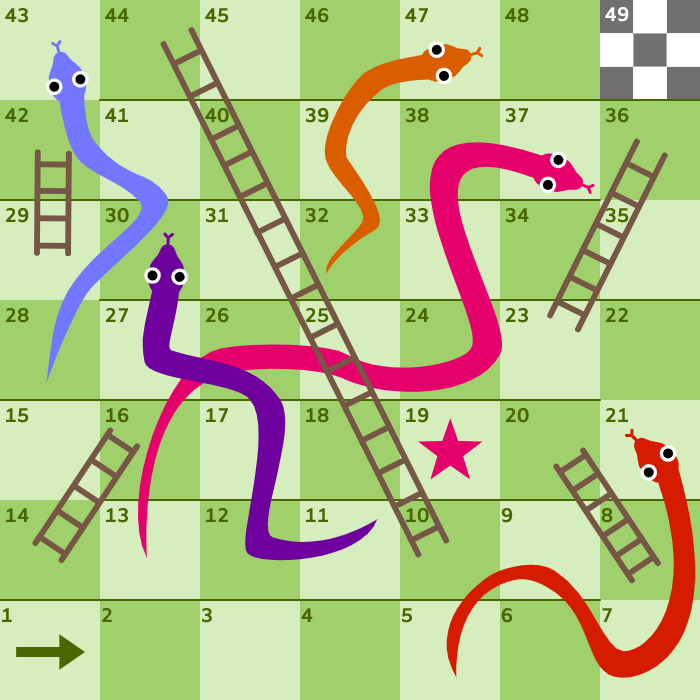There's something about Bebras
21 October 2021

Last year 2.5 million students from 56 countries took part in the annual Bebras Challenge, including nearly a quarter of a million from the UK - and this while the world was battling a global pandemic! It begs the question: "what is so great about Bebras?"
Accessible to all
In the UK, schools can enter students from age 6 to 18 into their age-appropriate challenges. There is also a special challenge for students with severe visual impairment who are 10 to18 years old. No programming is involved, and it is free for schools to enter.
What is it about?
The Bebras Computing Challenge introduces computational thinking to students. It is designed to get them excited about computing. Each participant answers questions and solves problems that focus on computational and logical thinking.
The questions are based on classic computing problems but presented in friendly, age-appropriate contexts. An algorithm based puzzle for 6 to 8-year-olds is presented in terms of colourful bees searching for honey; a challenging problem for 16 to 18-year-olds, based on recursion and fractals, asks students to examine some digital plants and match each one with a set of simple rules.
It is not just a fortnight
The next official challenge for UK students takes place from 8 to 19 November 2021, so there is not long left to register your school and get ready. Registering gives you access to the back catalogue of tasks, from which you can build your own quizzes to use in your school at any time during the year.
These quizzes are all auto-marking, and your students’ results can be downloaded for your mark book. Schools have reported using these as the end of term activities, as lesson starters, and as part of a scheme of lessons used to teach computational thinking to their students. This year we have started to add auto-marking programming problems to this facility taken from the OUCC, the PCTC and the BIO. All of this is free to all UK schools.
An example problem
The game of Snakes and Ladders is played by rolling a dice (with values 1 to 6) and moving that many places from your current cell position. Each player starts from cell number 1, and a player wins when they reach the last cell (49).

If you reach a cell with a snake’s head, you will slide down to the snake’s tail. That is, if you land on cell 21, the snake will take you back down to cell 5. And if you land on a cell at the bottom of a ladder, you will climb up to the top of that ladder. That is, if you land on cell 23, the ladder will take you up to cell 36.
Question:
If you are at cell 19, what is the minimum number of dice rolls to win?
Interested?
If this has piqued your interest and you want to get involved or find out more, here are the details you need:
- Further information and student destination: bebras.uk
- Teacher sign-up and school management page: bebras.uk/admin
- Support: info@bebras.uk
- Twitter: @bebrasuk
- Look out for our regular spot in Hello World magazine – the Bebras Puzzle page
Answer to Snakes and Ladders problem: 3 dice rolls is the minimum required.
About the author:
Chris Roffey organises the UK Bebras Challenge on behalf of Oxford University and the Raspberry Pi Foundation.